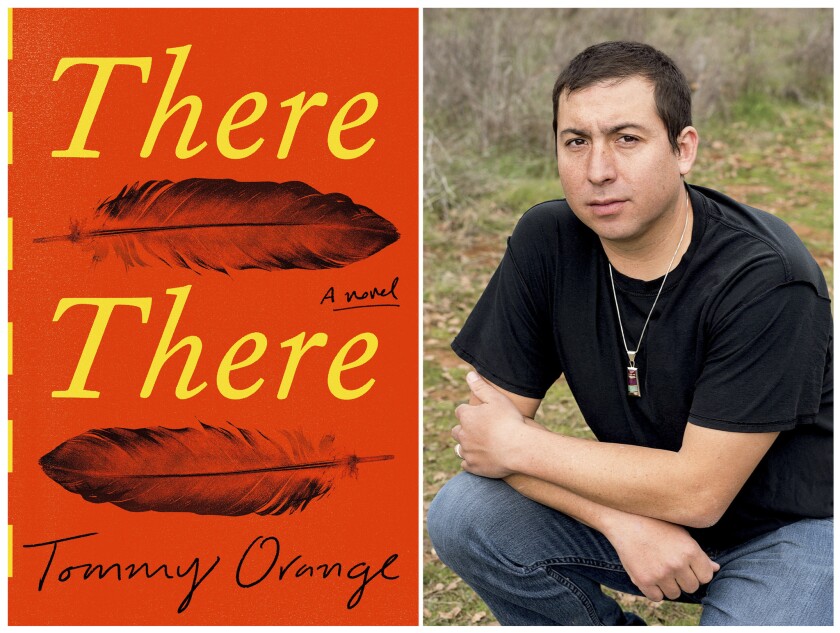
March was a month of change and tension. As COVID-19 became more widespread and a national shutdown unfolded we all try to figure out how to adjust our lives. This was our first Zoom Book Club meeting. Our March book of Choice was There, There by Tommy Orange.
Here is part of the book review by NPR June 2018
Here's the thing about There There, the debut novel by Native American author Tommy Orange
Even if the rest of its story were just so-so — and it's much more than that — the novel's prologue would make this book worth reading.
In that 10-page prologue, Orange wittily and witheringly riffs on some 500 years of native people's history, a history of genocide and dislocation presented mostly through the image of heads. He begins with a description of the "Indian Head test pattern," a graphic that closed out America's television programming every night during the age of black-and-white TV. He then catapults backwards to 1621 and the first Thanksgiving, then bebops through a litany of Indian massacres in American history.
There There is distinguished not only by Orange's crackling style, but by its unusual subject. This is a novel about urban Indians, about native peoples who know, as he says, "the sound of the freeway better than [they] do rivers ... the smell of gas and freshly wet concrete and burned rubber better than [they] do the smell of cedar or sage..."
Orange's story takes place in Oakland, Calif., and his title comes from the famous pronouncement about rootlessness that Gertrude Stein made when, as an adult, she revisited Oakland, her childhood home. "There is no there there," Stein said.
Orange knows the feeling and the terrain: He also grew up in Oakland and is enrolled in the Cheyenne and Arapaho tribes of Oklahoma. But in There There, Orange wanted to do something more than fictionalize his own experience. Instead, his novel is composed of the stories of a bunch of Native and mixed-race characters, all of them eventually converging in a climactic scene at a big powwow in the Oakland Coliseum.
In a satiric aside, Orange says that one thing that unites the diverse powwow participants is the type of bumper stickers they've slapped on their cars: They all sport Indian pride messages like "My Other Vehicle Is a War Pony" and "Fighting Terrorism Since 1492."
Like those bumper stickers, There There is pithy and pointed. With a literary authority rare in a debut novel, it places Native American voices front and center before readers'

No comments:
Post a Comment